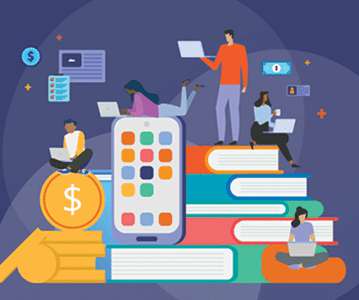How one city closed the digital divide for nearly all its students
The Hechinger Report
APRIL 14, 2022
We [didn’t] want this to be a Band-Aid fix,” said Jordan Mickens, a Leadership for Educational Equity public policy fellow who served as #OaklandUndivided’s project manager until August 2021. In May 2021, Think College Now elementary students sit in class after returning to in-person learning. The homework gap isn’t new.

























Let's personalize your content